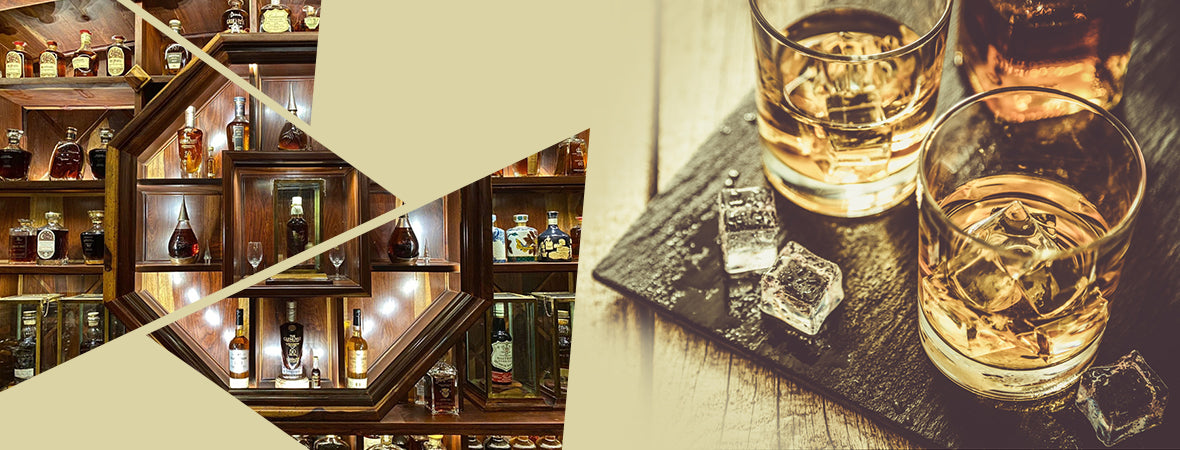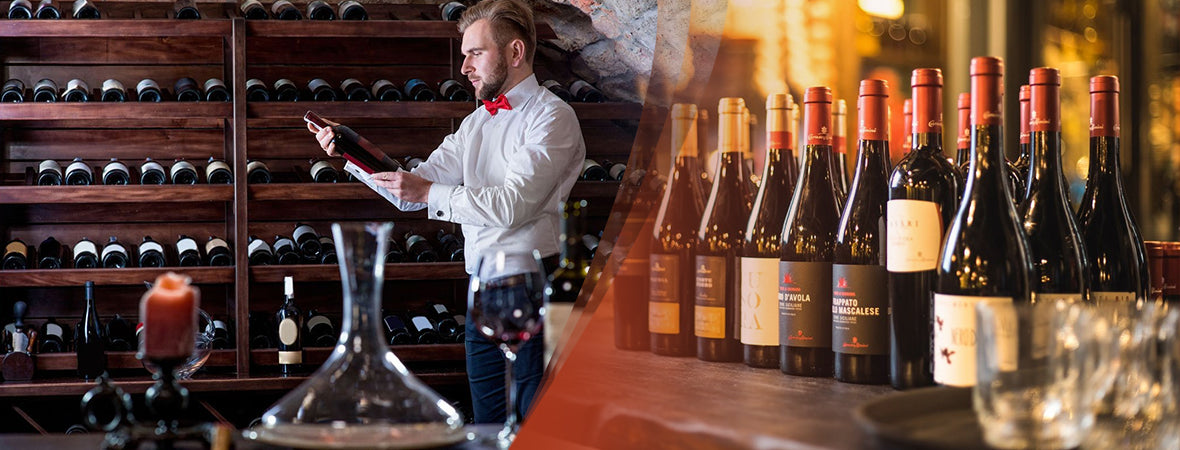Sulphur dioxide is one of the most common additives in winemaking. In high dosage, it is toxic. But when it is used in a careful and controlled manner, it has many benefits and proves to be important at various stages of winemaking. Its antiseptic and anti-oxidative qualities ensure wines remain stable and safe until opening. However, there are regulations since 1987 in the United States and since 2005 in the EU requiring that a wine to carry a warning label that it contains sulphites. There are reasons that sulphur dioxide, despite its useful characteristics, also presents risks and drawbacks when it is used mindlessly.
During winemaking process, protecting a wine from oxidation and spoilage is crucial. Sulphur dioxide is useful in its role both as an antioxidant and an antiseptic. After fermentation is completed, a common clarification first step takes place with racking. Any movement during racking may cause oxygen intake. Thus, as a protective measure, winemakers may add sulphur dioxide to wine. Equipments used during racking are often treated, for example, hose, pipelines and barrels are rinsed with sulphur dioxide. Barrels, used during ageing process, are commonly treated with sulphur dioxide due to their risk in allowing oxygen exchange. It is also crucial to treat used barrels due to their higher risk of bacteria contamination. Right before bottling, it is common to treat bottles with sulphur dioxide to flush out any oxygen and bacteria. Finally, a controlled amount is added at bottling but its level is regulated by the EU according to wine type and sweetness level.
When used in a sufficient dosage, sulphur dioxide is an effective antioxidant as it combines with any free oxygen to form sulphuric acid, thus removing the risk of oxidation. It also kills enzymes (called oxidases) that promote oxidation. It is especially important for a white wine to be treated with sulphur dioxide to prevent the ill-effects of oxidation such as browning and off-aromas. If sign of minor oxidation is present, a correct dosage of sulphur dioxide can bind with acetaldehyde, which is the main product of oxidation, to remove any aroma of oxidation and freshen the wine.
Acting as an antiseptic, sulphur dioxide kills any bacteria that could cause spoilage. Acetabacter, a common bacteria affecting wine, is the culprit turning wine into vinegar. Sulphur dioxide is effective in that it kills both the bacteria and removes any oxygen that the bacteria relies on to survive. It also kills any yeast that may remain inside a bottled wine, especially critical in the presence of residual sugar, to prevent re-fermentation in the bottle. Without sufficient amount of sulphur dioxide added, a wine runs the risk of spoilage, oxidation, browning, presence of off-aromas, and re-fermentation in the bottle.
The addition of sulphur dioxide must be carefully controlled as too high a level brings negative affects. Sulphur dioxide reacts with anthocyanins that are responsible for color in red wines. If there is excessive sulphur dioxide present, it renders the anthocyanins inert causing a wine to lose color. Furthermore, volatile sulphur dioxide smells and affects the aroma profile of a wine, while dissolved sulphur dioxide can be tasted and can negatively affect its flavor. A key reason behind warning label indicating that a wine contains sulphites is that some people may suffer allergic reaction due to it. Despite only affecting a small percentage of the population, it is a health risk that propels recent trends for lower level of sulphur dioxide used in winemaking.
Being both an antioxidant and antiseptic, sulphur dioxide is an important additive in winemaking. When correctly used, it ensures safety and freshness of wines until they reach the dinner table. The ill-effects of excessive sulphur dioxide use are obvious and have prompted a trend toward much lower level or in some cases, none at all. Alternative techniques are available but they also present another set of challenges and drawbacks. Good winemaking involves careful and controlled use of sulphur dioxide with awareness to alternative techniques ensuring a minimum amount is only applied to achieve its protective characteristics without any negative impact affecting the finished wine.





